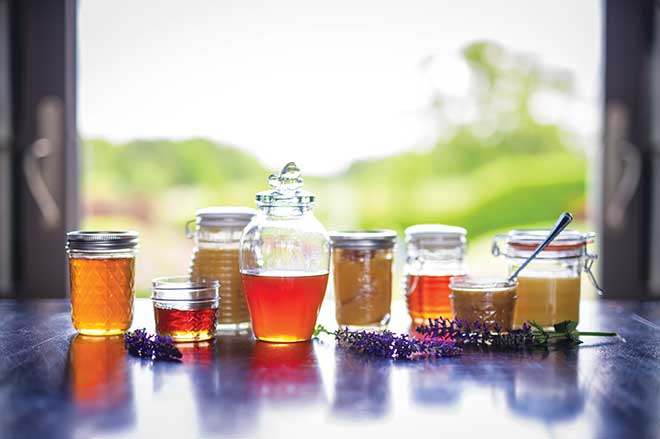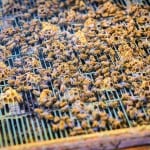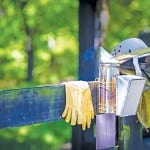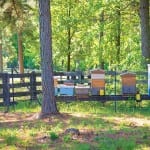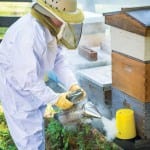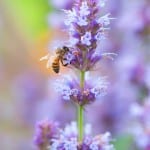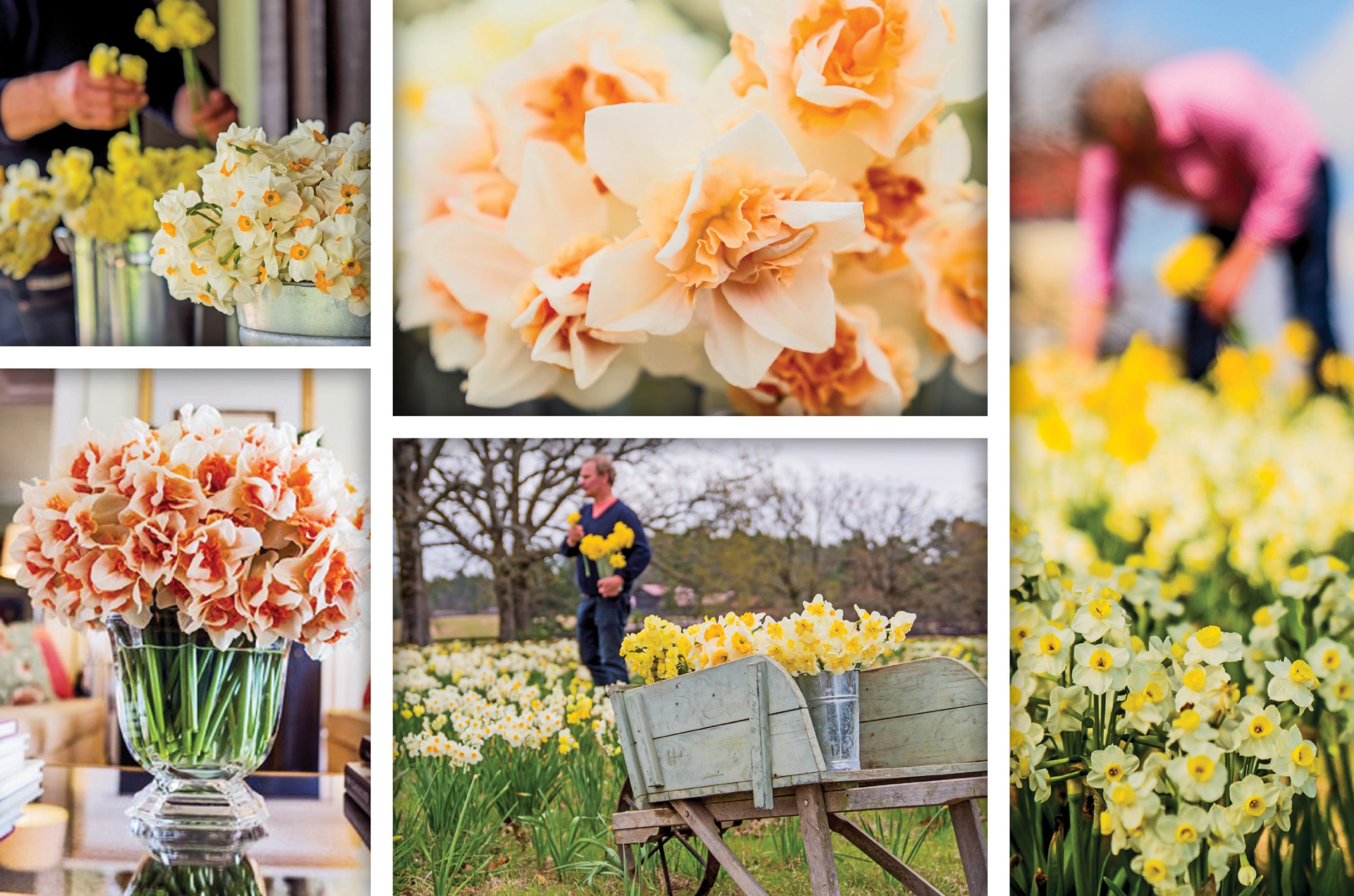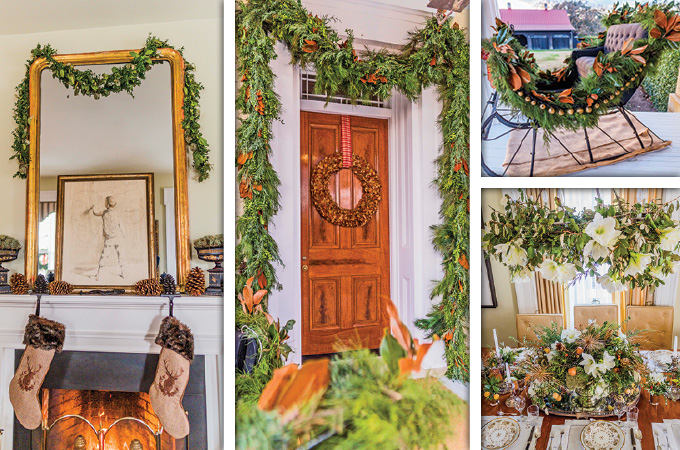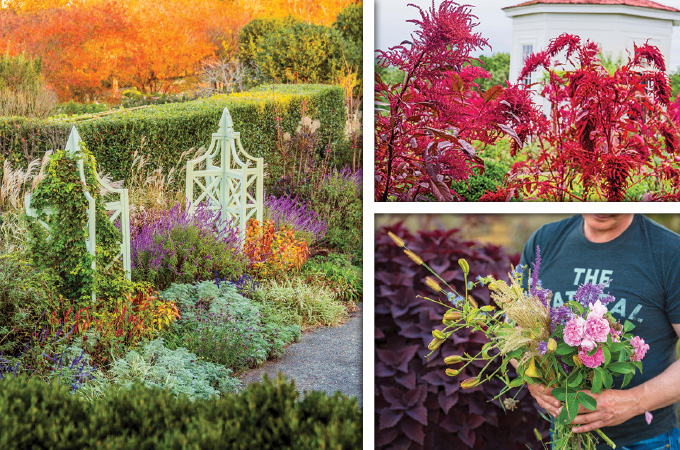Why not consider a honey bee hive for your home? There are so many great reasons to raise honey bees: bee conservation, pollination and tasty honey, of course. Then there’s the ease of beekeeping. You can set up a hive in limited space, and the honey bees are self-sufficient, independent little creatures that pretty much care for themselves.
If you want to raise bees, the first thing I recommend you do is find a mentor, or bee tsar as I like to call them. He or she will provide a wealth of information to get you well on your way to raising bees. Local beekeeping clubs and cooperative extensions are wonderful places to meet experts, too. First, do your research. Check out the local ordinances regarding hives, and share your plans to keep bees with neighbors. You don’t need a lot of room to keep bees, but your hives will do best in a warm and dry environment. Bees love the sun and they love it warm, so find a sunny spot. I like to face my hives toward the south because this is what they tend to do in the wild.
Starter colonies come as packages (queen and bees), nucs (queen, bees and frames loaded with brood, honey and pollen) and swarms (queen and bees collected from the wild). Your best bet when deciding on a bee species is to find a local source from a reputable supplier.
In addition to the bees, you’ll need some equipment. Hives consist of a top cover and inner cover, supers, a hive body, frame and foundation, and a stand. You’ll also need a smoker, hive tool, helmet, and veil and gloves. Two hives is a good start for beginners; it’s a manageable number and easier to monitor hive health when you have something to compare it to. And if one of the hives falters, you can use frames and brood from the strong hive to save the weaker one.
If the stars align perfectly with a good queen and good weather conditions, a hive can produce two to four gallons of honey in a season. I call that a fair exchange for giving these hardworking bees a place to call home.
[P. Allen Smith, host of two public television programs, is an award-winning designer and gardening expert. He is the author of several books, including Seasonal Recipes from the Garden.]
Photos: Mark Fonville





